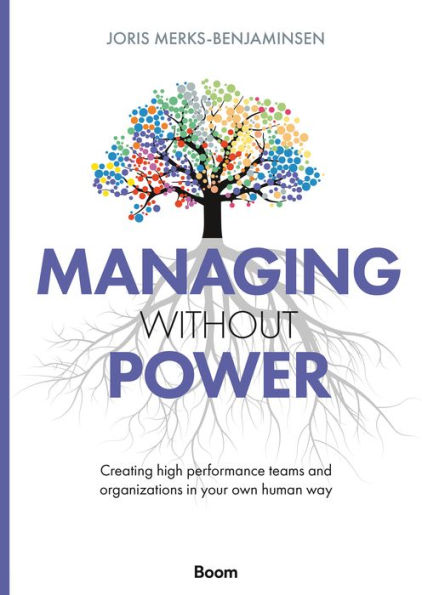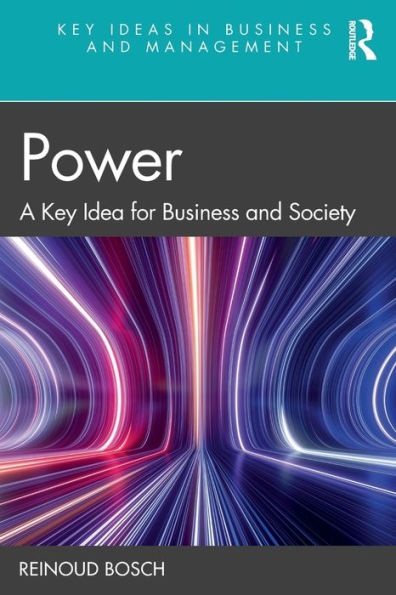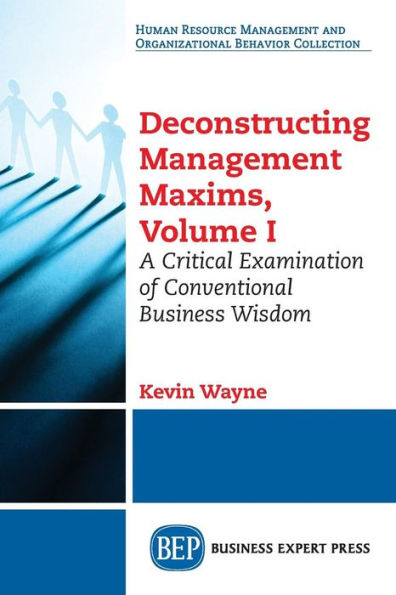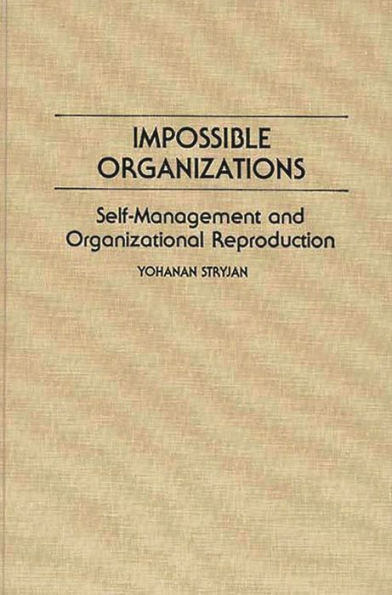Home
Power without Glory: A Genealogy of a Management Decision
Barnes and Noble
Power without Glory: A Genealogy of a Management Decision
Current price: $48.00


Barnes and Noble
Power without Glory: A Genealogy of a Management Decision
Current price: $48.00
Size: OS
Loading Inventory...
*Product information may vary - to confirm product availability, pricing, shipping and return information please contact Barnes and Noble
Power without Glory demonstrates the use of Foucault's conception of power in organizational analysis. It does this in two ways: first by developing a method for studying power in organizations, namely genealogy; and secondly by conducting a case study according to the principles in this method. The purpose is to highlight some aspects of Foucault's conception of power, which has not been sufficiently explored in organizational analysis. Most studies using a Foucauldian framework have focused on the relations between power and surveillance in organizations. This book takes a different approach and claims that a sufficient understanding of power is only possible by exploring the links between archaeology, genealogy, and power. This is supported by the fact that Foucault claimed that his conception of power was not really a theory of power, but the analytics of power, where the aim was to show how power works in practice. This point is crucial in that the most exciting aspects of Foucault's concepts and methods have to do with the ways in which they allow one to gain new understandings of reality. Such new understandings depend on showing how power works both in constructing truth and in excluding other truths. The book discusses how a decision made in a bank is subjected to genealogical scrutiny. The research presented covers change processes over a period of more than six years. The defining moment of these changes is when management decides to implement a new functional and a new geographical division of labor. The case study unravels the history of this decision and its effects on the workforce. The case study also shows how the change process evolved, the feelings and actions of those involved at the various stages, and the different ideas, concepts, strategies, and techniques.


















